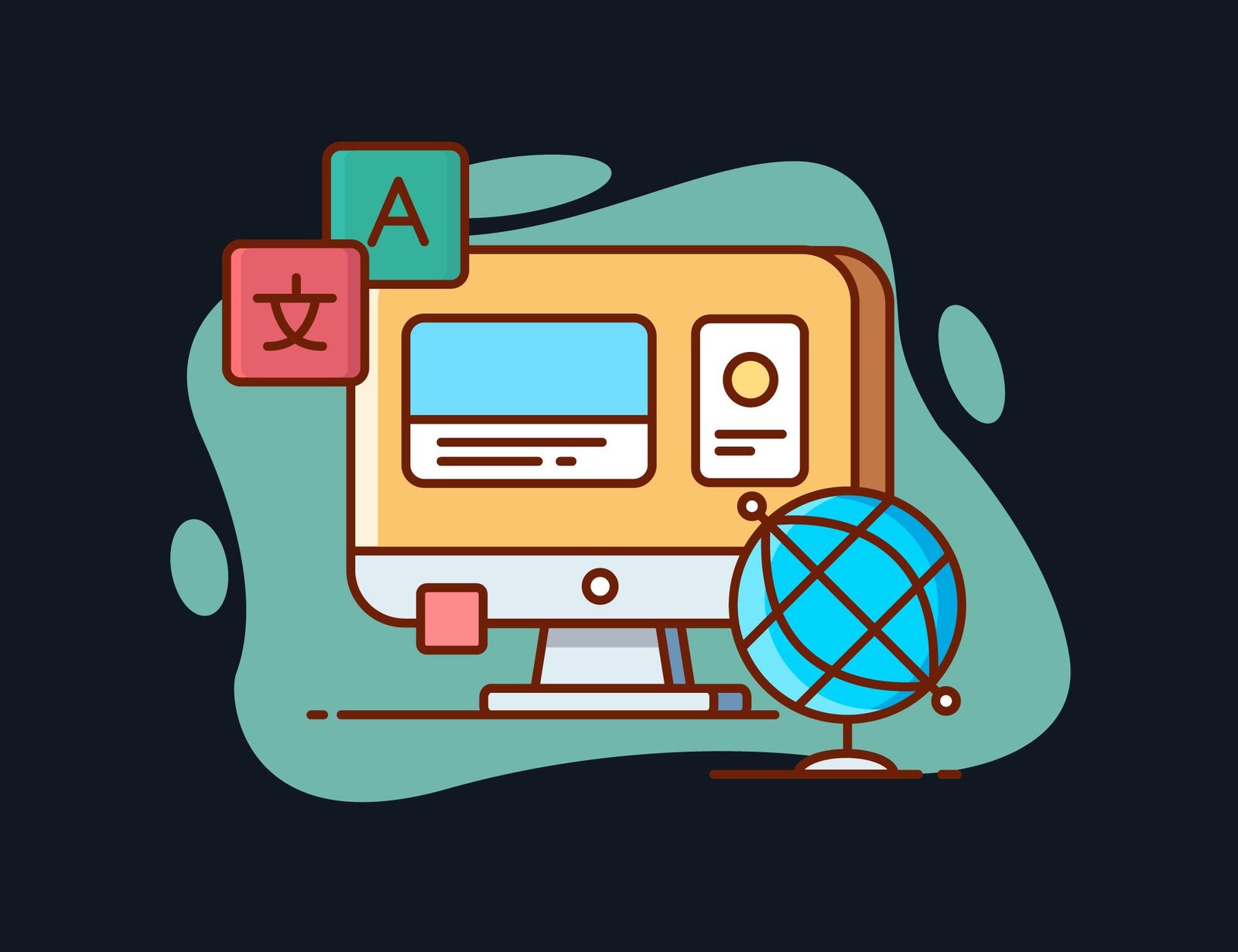The Role of Software in Trading, Recovery, and Transfer: An Overview
It is now, therefore different due to rapid technology-driven advancemen. What once required the intervention of a broker on the trading floor can now be accomplished with a few clicks through powerful trading software.
However, trading is not the simple purchase of a security followed by its sale. On the contrary, it comprises a full data analysis, control of possible risks, recovery of losses, and quick transfer of assets. Thus, this article will go through the impact of software on trading, describing how it could make operations run more smoothly, help in recovery processes, and facilitate asset transfer.
The Innovation of Trading Software
The system has greatly transformed the way trading activities are conducted. A mere onlooker as far as a short history ago, a modern trader now carries out trading directly from a computer or mobile device. With trading software, small-scale traders and big institutional investors can now access real-time market information, execute trades, and finally design complicated trading strategies.
Modern trading software also happens to provide users with abundant applications that include real-time charting, news feeds, risk management tools, and automated trading capabilities. With this software, a trader can instantaneously analyze hundreds and thousands of market data and make sagacious decisions against prevailing market conditions.
Some of the best trading platforms, like MetaTrader, NinjaTrader, and Thinkorswim, have evolved from simple charting only to multi-class trading of stocks, forex, commodities, and even cryptocurrencies.
How Software Makes Trading More Efficient
Trading requires proper timing, analysis, and execution for profitability. One of the major ways in which software contributes to the efficient approach to trading is through real-time data and alerts. The trading software aggregates data from different exchanges and sources to give the user a total view of current market conditions. This way, with such data, traders can pinpoint such opportunities or threats and make decisions accordingly.
Furthermore, software can auto-mate many of the trading procedures. Automated systems allow the traders to upload algorithms that execute trades upon occurrence of pre-set conditions. For example, a trader can create a system that bought a stock when its value fell below a predetermined level and sold it upon attaining the target price. This way, emotional thinking is eliminated, and disciplined and consistent trading takes its course.
These are features involving data and asset transfers in trading software. For example, if it is transferring money from one account into another or assets from one market to another, software makes that transfer much easier. The transfer can be executed in real time to ensure traders can indeed take opportunities that are time-sensitive.
Recovery in Trading: A Software-Based Approach
No trading strategy is immune, and losses happen as an inevitable part of the trading experience. However, recovery from a significant loss or a market downturn can be quite challenging. It is at this point when trading software steps in to help a trader recover.
Recovery in trading happens when a person analyzes what went wrong and makes changes with calculated moves to recover the lost ground. All three of these steps entail and involve the use of software. Advanced analytical tools help traders to go through the previous trades and identify specific patterns that had led to losses. It offers conclusions that human analysis might miss sometimes, helping traders tweak their strategy moving forward.
For example, from portfolio management software, a person can track and analyze the performance of the whole portfolio a trader holds. The analysis of the data given in the software would determine which particular assets or strategies are lagging and adjust them accordingly.
Another important aspect of recovery is risk management. Inbuilt risk management tools such as stop-loss and trailing stops usually come with a trading platform. These features automatically sell an asset once it falls to a specific price level and avoid further loss. Risk management becomes inherent in strategies, therefore, which can greatly minimize any loss impact on the account and increase chances for recovery.
Educational resources and support communities can be of high value for traders during recovery phases. They help learn from mistakes better, adapt the strategy based on changing market conditions, and build the portfolio more strategically further.
Asset transfer and the role that software had to play
Asset transfer is a very basic constituent in any trade, especially during global markets when funds need to be transferred from one jurisdiction to another, and hence from one exchange to another. It is thus important for liquidity, margin requirements, and to seize new opportunities as they come up.
Trading software streamlines the process of transferring assets, whether it’s moving funds between different broker accounts, converting one currency into another, or shifting assets between markets. These transfers are facilitated in real-time, allowing traders to respond to market fluctuations quickly.
For instance, money dealers in the forex market require this switching of money from one currency to another. Such software facilitates the process by providing real-time rates and automatically converts it in terms of value, thereby helping a dealer exploit favorable exchange rates and trade freely in various markets without any stress.
At the same time, software can make possible the transfer of more complex products like derivatives and cryptocurrencies. In the field of cryptocurrencies, DEXs greatly rely on software to execute their peer-to-peer transactions because they do not involve third parties to be intermediaries in the process. DEXes platforms, including Uniswap or PancakeSwap, enable traders to guarantee, private asset transfers among alternative options competing with classical centralized exchanges.
Risk Management and Security in Asset Transfer
Due to the large amount of money in the transaction, specific development towards security and risk management had to be considered. The modern software for trading can boast innovative security measures like encryption, multi-factor authentication, and blockchain technology that ensure secure transfer and protection against fraud or cyber attacks. For instance, technology such as blockchain, which most cryptocurrency trading depends on, enables distributed transfer of assets in a transparent and secure manner. Every transaction goes onto a shared ledger, hence it cannot be tampered with but is clearly traceable, providing increased safety compared to the traditional ways of asset transfer. A trading platform uses encrypting connections and secure payment gateways to evade unauthorized access and keep sensitive information about the finances of a trader solely confidential. It also applies features such as Know Your Customer procedures and Anti-Money Laundering procedures for implementing the regulations of a trading platform. Conclusion Trading has evolved way beyond from the traditional ones and at the core of this has been the software systems. Gone are the days when trading only concerned the executions. Today, software depicts critical aspects of those processes such as the process for recovery and asset transfer. To summarize, it now becomes feasible to analyze large volumes of data, automate trades, manage risks and transfer assets much more safely and in a safer manner than ever before. The more the technology improves, the more increasing and expanding capabilities of trading software is expected. They might include the development of entirely new tools that advance strategies and help traders recover losses or efficiently shift assets between markets. That is why, whatever kind of trader one may be-an individual or an institutional firm-investing in deep trading software really all comes down to making a difference in navigating the intricacies of financial markets.





Post Comment